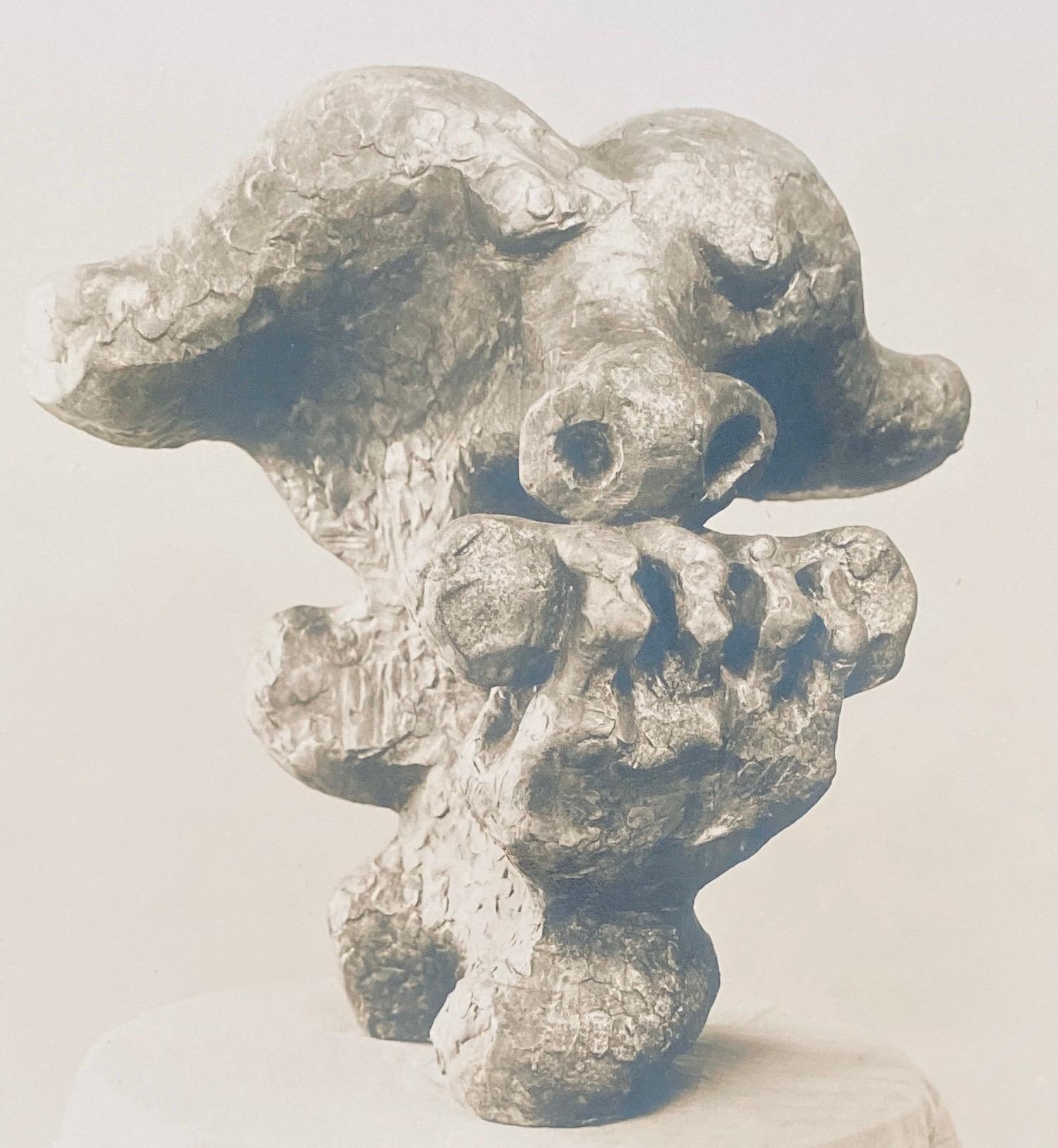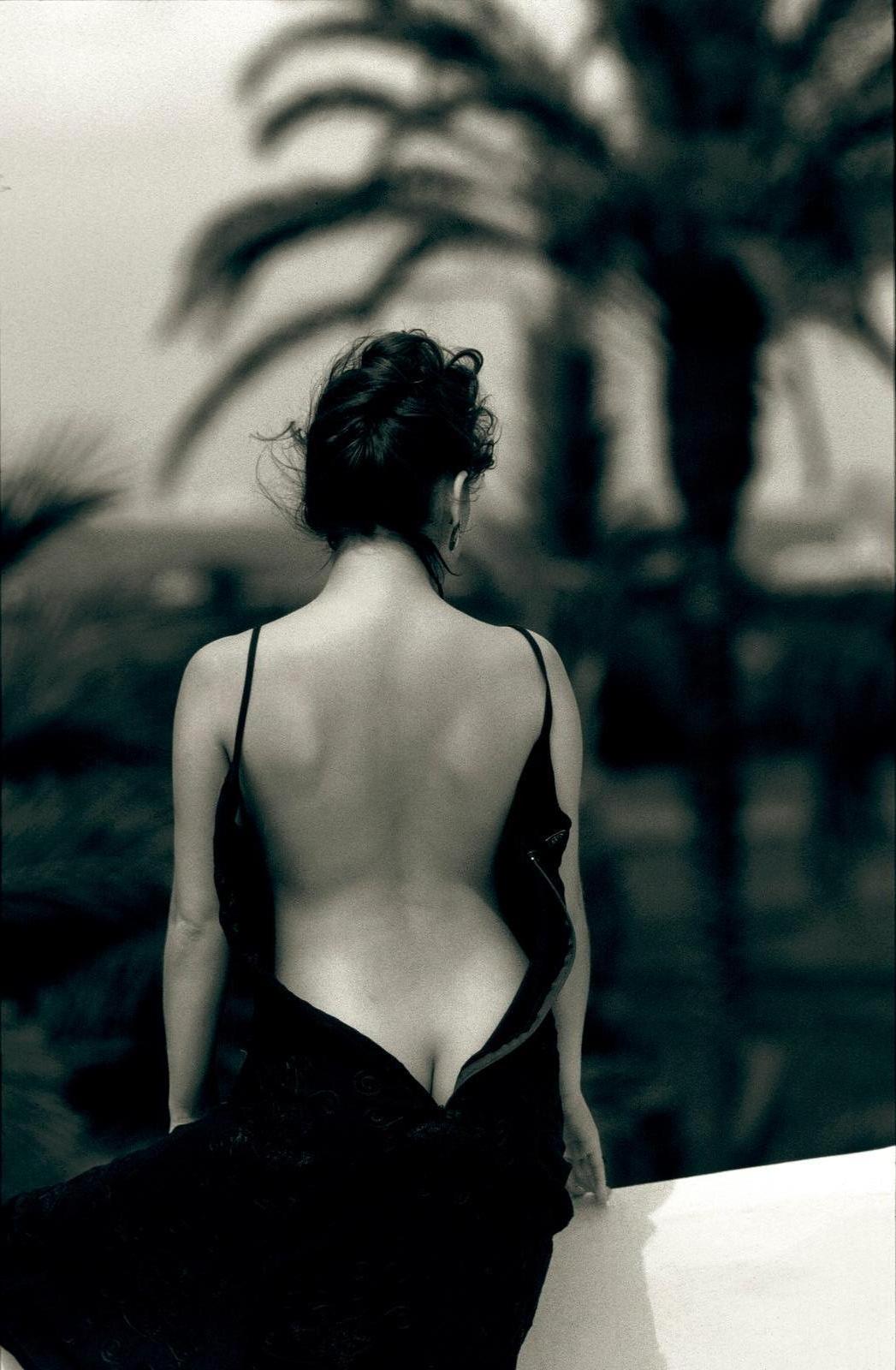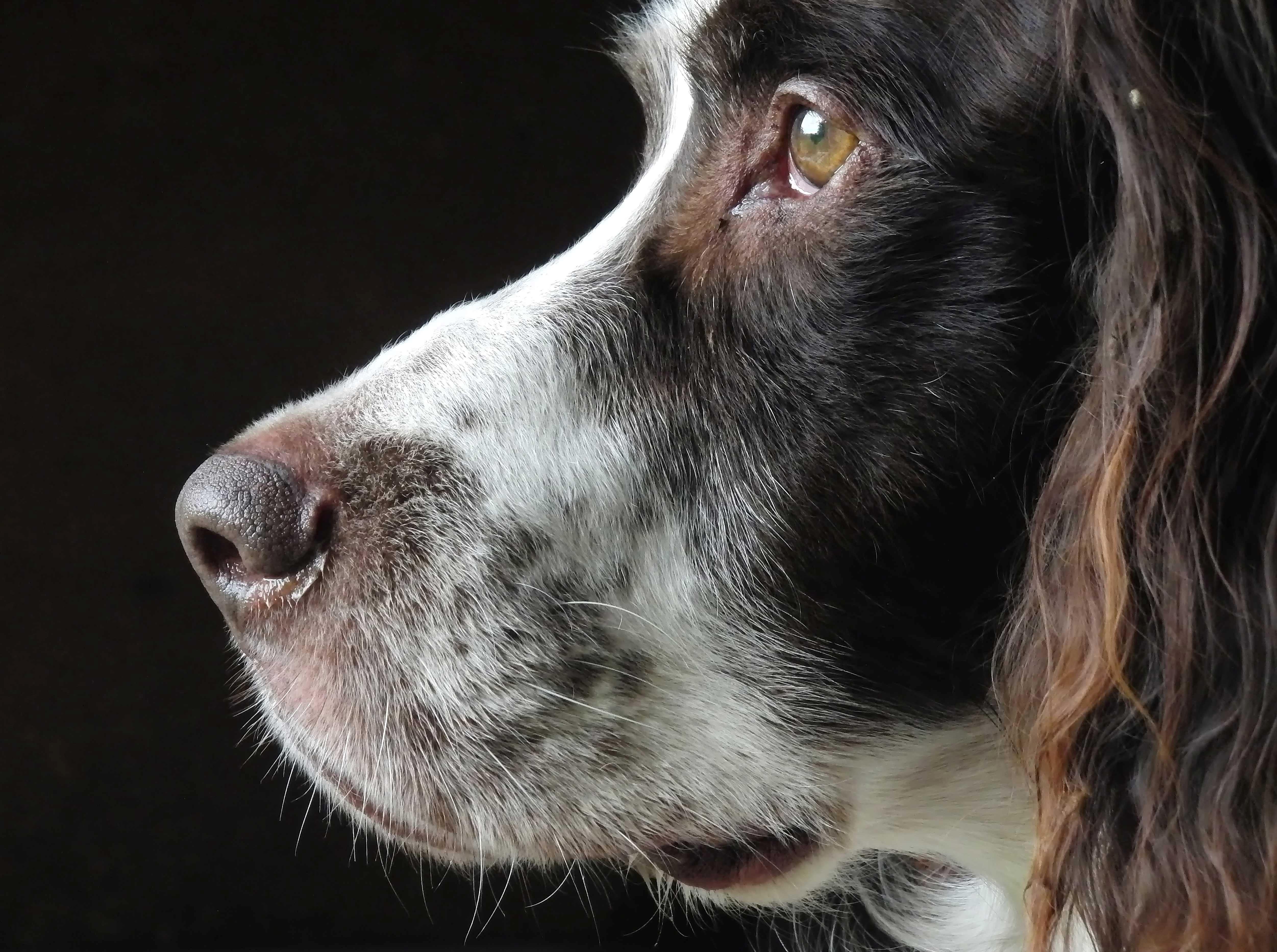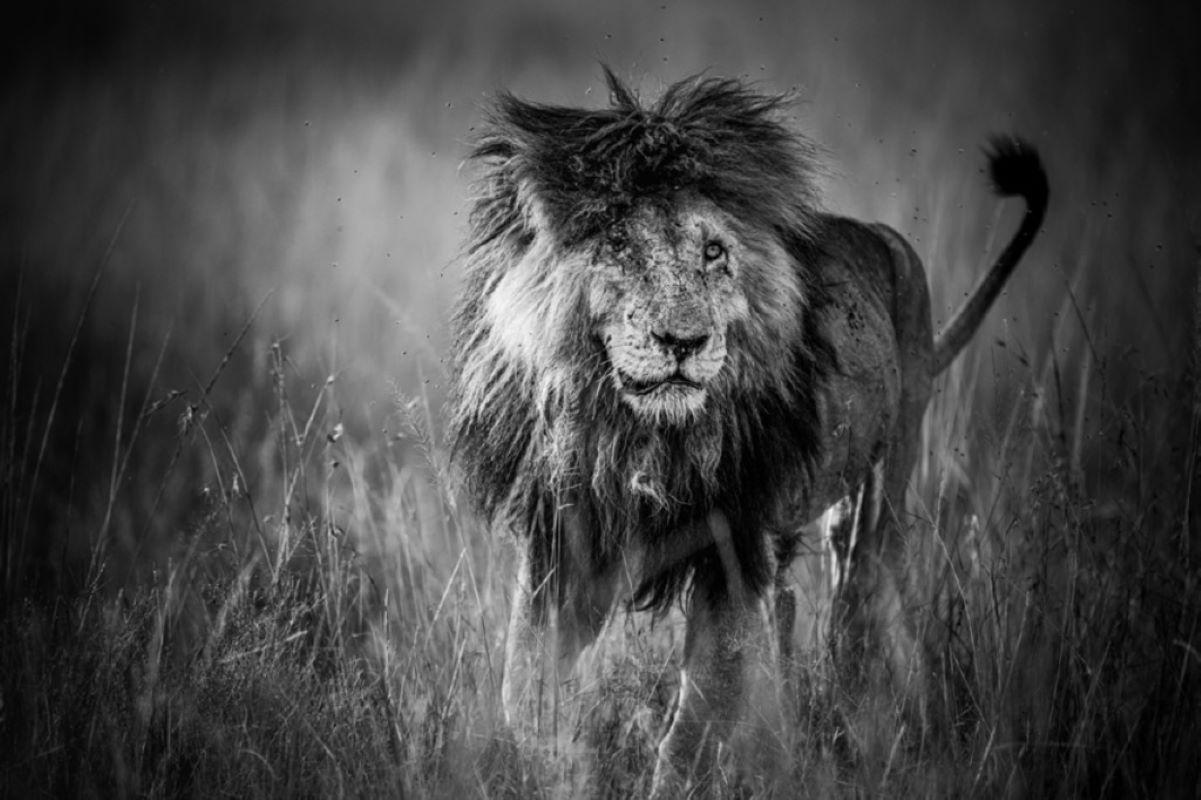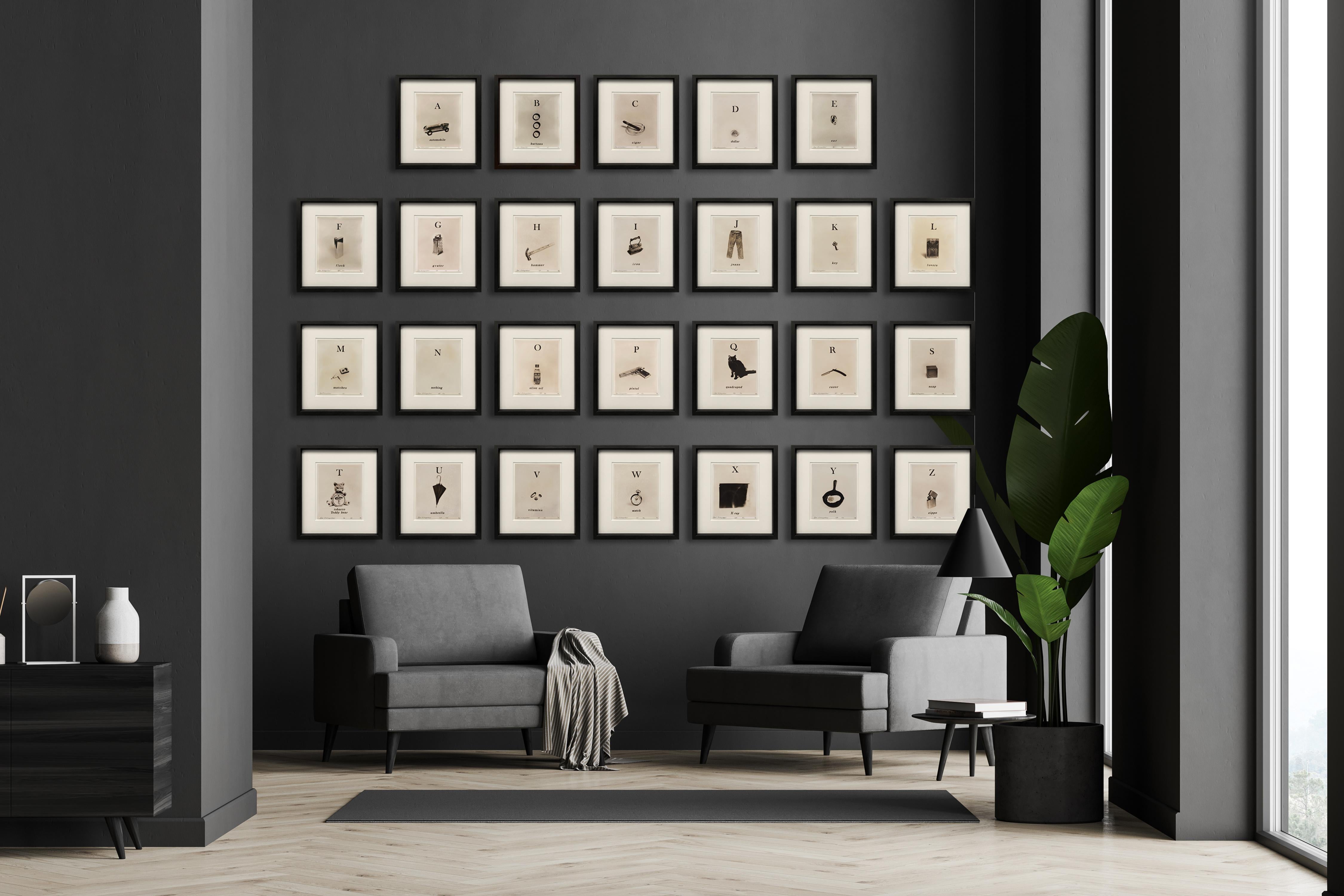Dina GoldsteinRapunzel (from the Fallen Princesses series)2008
2008
About the Item
- Creator:Dina Goldstein (1969, Israeli)
- Creation Year:2008
- Dimensions:Height: 42 in (106.68 cm)Width: 57 in (144.78 cm)Depth: 2 in (5.08 cm)
- Medium:
- Period:
- Condition:
- Gallery Location:Montreal, CA
- Reference Number:1stDibs: LU476148276
Dina Goldstein
Dina Goldstein is an Israeli contemporary visual artist, born in 1969, in Tel Aviv, Israel and based in Vancouver, Canada. She is known for her conceptual and complex photographic work in a pop surrealist style. Her first major projects, In the Dollhouse and Fallen Princesses, were very successful. The Dollhouse is an exploration of beauty, power and sexuality through images, featuring a famous couple of overly perfect dolls, Ken and Barbie. Fallen Princesses takes an ironic look at the Disney princesses, imagining them in real-life scenarios, but with a less happy ending. Her third project, Gods of Suburbia presents a visual analysis of the place of religion and faith in today's world. In Last Supper, East Vancouver, Dina uses Leonardo da Vinci's famous mural to recreate L’Ultima Cena, the meal between Jesus and his apostles, in a street gang in Vancouver's Downtown Eastside. She was awarded the Arte Laguna special prize, in 2012 and in 2014, she won the grand prize at Prix Virginia.
- ShippingRetrieving quote...Ships From: Montreal, Canada
- Return PolicyA return for this item may be initiated within 7 days of delivery.
- for intérieur – braise 1By Patrick BeaulieuLocated in Montreal, QuebecPatrick Beaulieu’s multi-disciplined practice creates finely tuned and subtle gestures that aim to re-focus our attention on the physical world that we see and experience. In convers...Category
21st Century and Contemporary Contemporary Abstract Photography
MaterialsPhotographic Paper
- for intérieur – braise 3By Patrick BeaulieuLocated in Montreal, QuebecPatrick Beaulieu’s multi-disciplined practice creates finely tuned and subtle gestures that aim to re-focus our attention on the physical world that we see and experience. In convers...Category
21st Century and Contemporary Contemporary Abstract Photography
MaterialsPhotographic Paper
- for intérieur – braise 4By Patrick BeaulieuLocated in Montreal, QuebecPatrick Beaulieu’s multi-disciplined practice creates finely tuned and subtle gestures that aim to re-focus our attention on the physical world that we see and experience. In convers...Category
21st Century and Contemporary Contemporary Abstract Photography
MaterialsPhotographic Paper
- for intérieur – braise 2By Patrick BeaulieuLocated in Montreal, QuebecPatrick Beaulieu’s multi-disciplined practice creates finely tuned and subtle gestures that aim to re-focus our attention on the physical world that we see and experience. In convers...Category
21st Century and Contemporary Contemporary Abstract Photography
MaterialsPhotographic Paper
- You Should Have Seen What I’ve SeenBy Henri VenneLocated in Montreal, QuebecMy work emerges from research on memory and the remembrance of landscape, where vaporous atmospheres of evanescent recollections are illustrated. My work thus, contains ghostly and e...Category
2010s Contemporary Abstract Photography
MaterialsPlexiglass, Photographic Paper
- Dining AloneBy Dina GoldsteinLocated in Montreal, QuebecAt last! The veil has been lifted on Barbie’s emotional distress and Ken’s genuine sexual interests. In her photographic series In the Dollhouse, Vancouver-based artist Dina Goldstei...Category
21st Century and Contemporary Contemporary Photography
MaterialsPhotographic Paper
- Vintage Silver Gelatin Photograph Jacques Lipchitz Bronze Sculpture Photo SignedBy Adolph StudlyLocated in Surfside, FLAdolph Studly, Swiss born American photographer. His work is kept in the Photographic Archive at The Museum of Modern Art Archives, New York. He was known for his gallery photographs of works by artists represented primarily by the Buchholz gallery, Curt Valentin, and Stephen Radich Galleries. Artists whose work he shot include Max Beckmann, Francis Bacon, Chaim Soutine, Allan Kaprow, Clyfford Still, Georges Braque, Paul Klee, Henri Matisse, Picasso, Auguste Rodin, Georges Rouault. He worked with Louis H. Dreyer, the pre-eminent architecture photographer in New York City. Chaim Jacob Lipchitz, 1891-1973, was born in Lithuania and came of age in Paris during the early 20th century, where he was active in the avante-garde community of Pablo Picasso, Amedeo Modigliani, Diego Rivera, Chaim Soutine, and Juan Gris. Art historian H. H. Arnason, who ranked Lipchitz with Picasso and Marc Chagall, wrote, "Lipchitz, as a pure sculptor, is ...unquestionably one of the greatest sculptors of this century." The architect Philip Johnson asked Lipchitz to make a wall sculpture to be placed on the brick chimney over a fireplace of a guest house owned by Mrs. John D. Rockefeller III on West 53rd Street in New York. Lipchitz decided to develop the piece from his Pegasus designs and call it Birth of the Muses in honor of the Rockefellers' interest in the arts. In 1950 he completed the work as a bronze relief five feet high. It was installed as planned and later was acquired by Lincoln Center. He participated in the Flight portfolio...Category
1940s Modern Abstract Photography
MaterialsPhotographic Paper, Silver Gelatin
- Lisa -Signed limited edition portrait art print, Black white photo, Woman, SensualBy Ian SandersonLocated in Barcelona, BarcelonaLisa - Edition : 1/5 signed + numbered by artist with certificate of authenticity, unframed Please note. There are three sizes of this archival pigment print; each is an edition o...Category
1990s Contemporary Black and White Photography
MaterialsArchival Paper, Black and White, Archival Pigment, Photographic Film, Gi...
- "Phalco's Look” Spaniel, Romantic Dog Photograph with beveled plexiglass frameLocated in Charleston, USAlain Foussier, born in France living in the Netherlands, perfects the mood and spirit of Spaniel dogs with his portrait photography. His Spaniel dog a...Category
2010s Romantic Color Photography
MaterialsPhotographic Paper
- Lila and Sam from the movie Stay with Ewan McGregor, Naomi WattsBy Stefanie SchneiderLocated in Morongo Valley, CAA piece of art from the movie 'Stay' by Stefanie Schneider Stefanie created the art for both main actors Naomi Watts and Ryan Gosling in the movie 'Stay' directed by Marc Forster. S...Category
Early 2000s Contemporary Color Photography
MaterialsArchival Paper, Photographic Paper, C Print, Color, Polaroid
- ScarfaceLocated in New York, NYInspired by her love for nature, Griet Van Malderen (Belgium, 1970), a self-taught wildlife photographer from Flanders in Belgium, has been exploring Africa’s wild places for the pas...Category
2010s Contemporary Black and White Photography
MaterialsPhotographic Film, Photographic Paper, Pigment, Archival Pigment, Digita...
- Individually framed Alphabet Suite, Edition 3/10, hand signed and numbered.By Igor VishnyakovLocated in New York, NYIgor Vishnyakof limited edition (3/10) individually framed hand gold glazed sepia photographs. All pieces are hand signed and numbered by the artist. This installation was featured...Category
1990s Contemporary Figurative Prints
MaterialsPhotographic Paper, Archival Pigment
